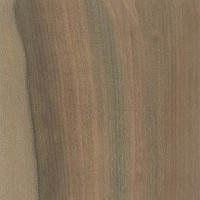 |
Common Name(s): Blackheart Sassafras, Tasmanian Sassafras Scientific Name: Atherosperma moschatum Distribution: Australia Tree Size: 50-80 ft (15-25 m) tall, 2-3 ft (.6-1.0 m) trunk diameter Average Dried Weight: 39 lbs/ft3 (620 kg/m3) Specific Gravity (Basic, 12% MC): .50, .62 Janka Hardness: 1,090 lbf (4,860 N) Modulus of Rupture: 14,570 lbf/in2 (100.5 MPa) Elastic Modulus: 1,827,000 lbf/in2 (12.60 GPa) Crushing Strength: 6,400 lbf/in2 (44.1 MPa) Shrinkage: Radial: 2.5%, Tangential: 6.3%, Volumetric: 8.9%, T/R Ratio: 2.5 |
Color/Appearance: Heartwood is naturally a gray to golden grown. Some trees are infected with a staining fungus which causes colorful streaks and veins of dark brown and black, giving rise to the common name Blackheart Sassafras. Sapwood is a pale yellow to whitish brown;
Grain/Texture: Grain is straight, with a uniform fine to medium texture. Low natural luster.
Endgrain: Diffuse-porous; sometimes exclusively solitary, or with radial multiples; small pores in no specific arrangement, numerous; parenchyma absent; narrow rays, spacing normal; colored heartwood fluoresces under blacklight.
Rot Resistance: Rated as non-durable to perishable.
Workability: Easy to work with both hand and machine tools. Responds well to steam-bending operations, with little spring-back. Turns, glues, stains, and finishes well.
Odor: No characteristic odor.
Allergies/Toxicity: Besides the standard health risks associated with any type of wood dust, no further health reactions have been associated with Blackheart Sassafras. See the articles Wood Allergies and Toxicity and Wood Dust Safety for more information.
Pricing/Availability: Usually only imported as smaller craft and turning blanks, larger boards and slabs are much more common within its native range in Australia. Prices with blackheart figure are likely to be much higher than unfigured pieces, sometimes referred to as Golden Sassafras.
Sustainability: This wood species is not listed in the CITES Appendices or on the IUCN Red List of Threatened Species.
Common Uses: Cabinetry, furniture, flooring, musical instruments, carvings, and turned objects.
Comments: Not to be confused with Common Sassafras, an unrelated species native to North America.
None available.
Scans/Pictures: A special thanks to Steve Earis for providing the wood sample and turned photo of this wood species.


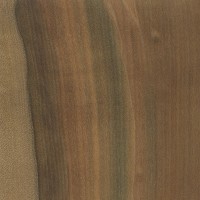
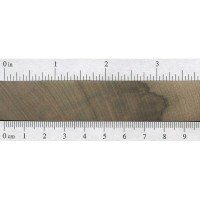
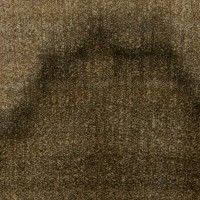
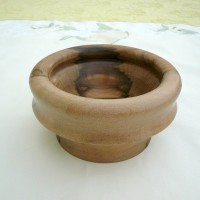



Just wondering if this beautiful timber is suitable for kitchen bench tops?
Such a beautiful timber, not only to look at, but to work with and touch. Excellent timber to manipulate and bend into what might be thought to be impossible shapes. Here I’ve bent the timber in three dimensions to house a spherical sunglass lens. I do this with many other timbers too,but the BH sassafras is a pleasure.
I purchased a BH sassafras cutting board at the Wooden Boat Festival in Tassie Can anyone advise me on a suitable preserving oil?
The normal recommendation on USA web sites for wood that comes into contact with food is to use mineral oil. It is usually marketed as liquid paraffin in Australia, and it is sold in pharmacies and the medical section of some supermarkets, where they stock things like aspirin. The hardware store will also have a product called something like kitchen timber oil in the timber finishes section.
Blackheart sassafras is great for turning – it takes a great finish and I use it mainly for pens :-)
Love black hear sassafras , my husband has been working with it making walking sticks and pendants , I started to get hay fever , asthma and sinusitus , we didn’t put 2 and 2 together until I went to paint one of the walking sticks and started having another asthma attack , now can not even if I go near the shoes that he has been wearing while working
:( . Still like the look of it though